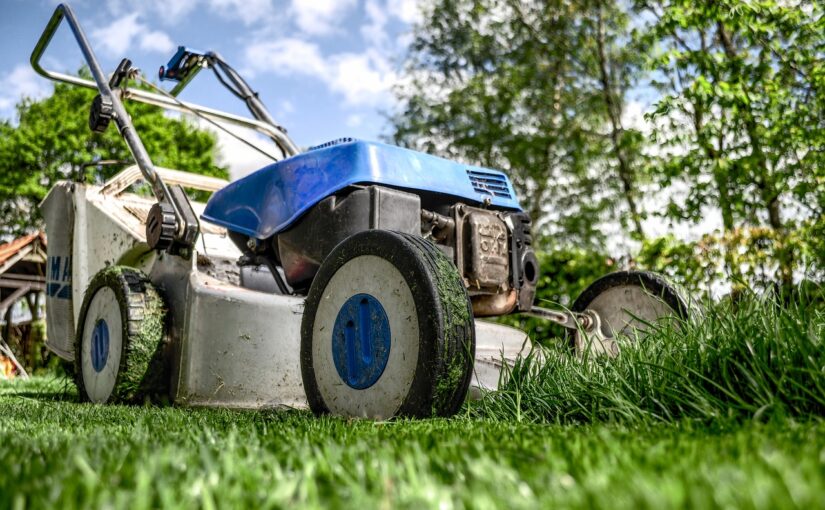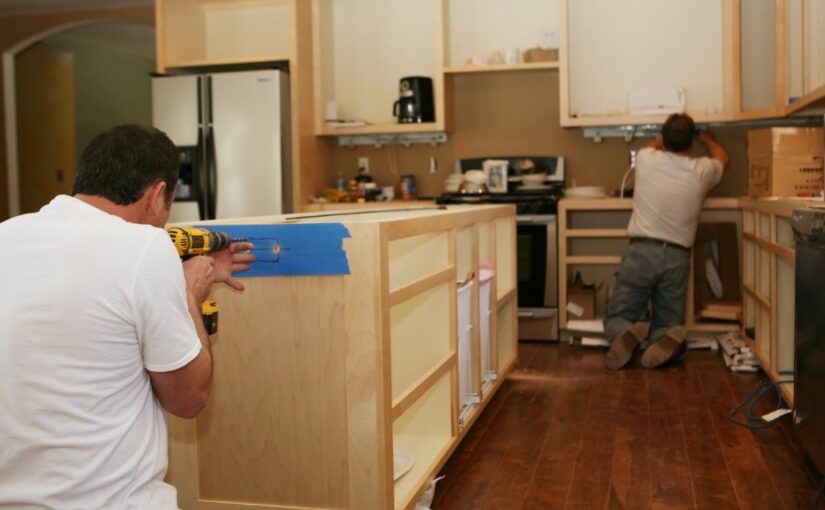The concept of 55+ communities always piques the interest of people who will soon get older than 55 or have turned 55. If you are one of them, then you might be considering options for a 55+ community to call home.
55+ communities are age-restricted residential areas in the United States. They offer a unique lifestyle catered specifically to individuals aged 55 and over. But before living, one should always navigate the rules and regulations surrounding these communities. It can be a daunting task for 55-year-old people.
To help them, I will shed light on the eligibility criteria, benefits, and exceptions of living in a 55+ community in the US.
Can You Live In A 55+ Community In The US?

Source:https://www.grandviewresearch.com/industry-analysis/us-active-adult-community-market
In the United States, 55+ communities are designed for older adults aged 55 and over. You may buy a property in a 55+ community. However, there must be at least one person in your family who is older than 55. Still, the specific rules and regulations regarding residency in 55+ communities can vary.
On December 28, 1995, the Housing for Older Persons Act (HOPA) was enacted. Actually, it is part of the Fair Housing Act. It provides certain exemptions for housing intended for older adults. Under HOPA, a 55+ community must meet certain criteria to qualify for the exemption. Essentially, these criteria are some of the policies and procedures that demonstrate the intent to provide housing for people aged 55 and over.
Most 55+ communities are popular for offering various amenities and services tailored to the needs and preferences of senior citizens. Although some 55+ communities may allow younger residents under certain circumstances, they are generally intended for people who are at least 55 years old. However, there may be exceptions based on the age of other residents, such as spouses or partners. They may be allowed to live in the community even if they are younger than 55.
Please remember that the specific rules and eligibility criteria can vary from one 55+ community to another. Some communities may have additional requirements or restrictions. So, checking with the community directly is always advisable.
FAQ Relating To The 55+ Community

Now that you have learned whether you are allowed to live in a 55+ community, you should also know some essential facts regarding 55+ communities. Here are some common questions people usually ask when they think of living in a 55+ community.
What Are the Best 55+ Communities in the US?
Senior citizens in the US often have a particular taste for living in a 55+ community. There are many top-notch 55+ communities all over the US. Among many senior housing options, Sun City Hilton Head in South Carolina, On Top of the World in Florida, and Robson Ranch in Arizona are the top choices.
Which is the Largest 55+ Community in the US?
The Sun City Hilton Head is the biggest active adult community in the US. This community is a sprawling 5,725-acre development, with 1,500 acres of open lands and wetlands, providing a beautiful natural environment. The community currently features over 8,000 homes, with ongoing plans for expansion in the future.
Can someone younger than 55 live in 55+ communities?
In general, 55+ communities are intended for individuals aged 55 and over. In certain circumstances, there can be some exceptions allowing younger individuals to live in these communities. For example, there are “age-qualified” or “age-restricted” communities that allow a percentage of residents to be younger than 55. Therefore, the resident can have his spouse or partner younger than 55 reside in the community. Exemptions may also apply to residents with disabilities.
What are the rules for a 55+ community?
There are 3 key requirements for a housing community to be officially recognized as a 55+ community. First, at least 80% of the units or homes in the community must have at least one resident who is aged 55 or older, adhering to the 80/20 rule. Additionally, the community must abide by policies that explicitly demonstrate their intent to provide housing exclusively for residents aged 55 and above. Lastly, the community must comply with the age verification rules set forth by the Department of Housing and Urban Development (HUD).
Why live in a 55+ community?
There are many benefits dedicated to seniors living in 55+ communities. Such communities often offer a range of amenities for older adults. There are opportunities for socializing, participating in activities, and building relationships with like-minded individuals. Therefore, residents can easily share their feelings. Moreover, some residents appreciate the extra security that comes from living in such a community.
How can I live in a 55+ community under 55?
Although 55+ communities are typically for residents over 55, younger people may be allowed to live there in certain circumstances. For instance, some 55+ communities (tagged with “age-qualified” or “age-restricted”) may have a percentage of residents who are younger than 55. Furthermore, if you require assistance or care due to a disability, you may be eligible to live in a 55+ community even if you are under 55.
Are the rules different in the UK for 55+ Communities?
In the UK, the concept of 55+ communities is less common compared to the United States. However, there are retirement communities for older adults in the UK. Although these communities may not have the same age restrictions as 55+ communities in the US, they often have similar objectives and amenities. These communities are more focused on providing housing and services for older adults than having strict age requirements.
Living in such a community can promote a fulfilling and prosperous lifestyle. Don’t forget to research individual community rules and regulations to understand the eligibility requirements and any exceptions. A 55+ community can be the perfect place to call home when you are considering a tranquil and engaging haven for your retirement years.
Author: Shannon Quantock




